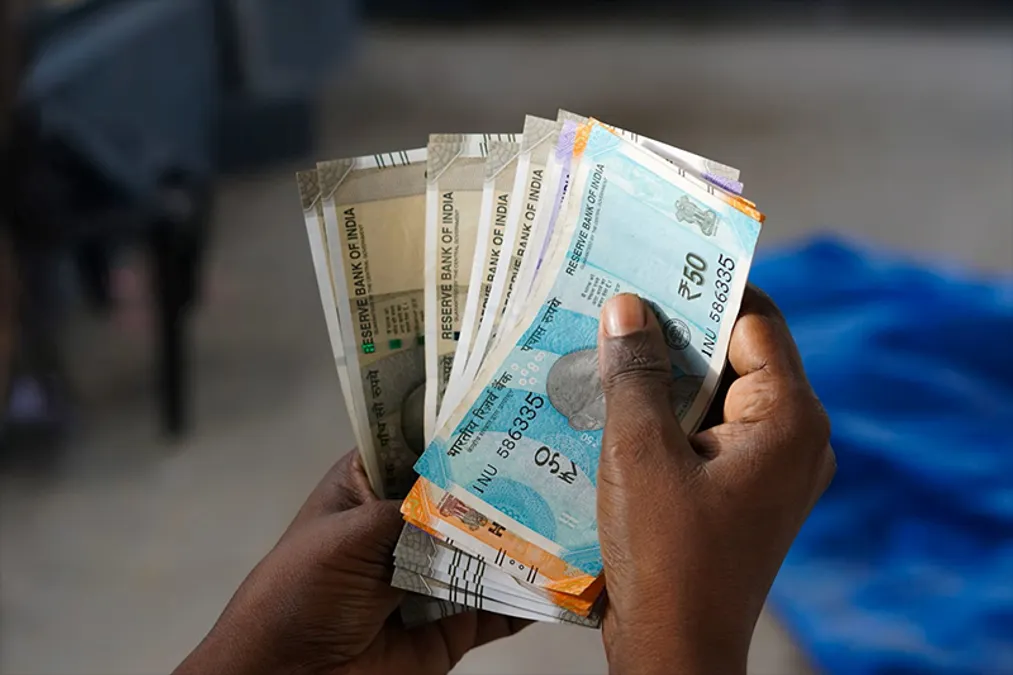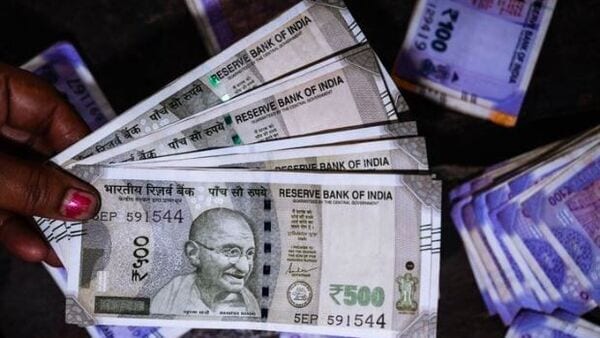The potential win of Donald Trump in the 2024 U.S. Presidential election could have significant implications for the Indian rupee (INR) due to various economic and geopolitical factors.

Source:- bbc news
U.S. Economic Policies and the Dollar: Trump’s economic policies have historically emphasized tax cuts, deregulation, and a more protectionist trade stance. If he wins, these policies could lead to an increase in U.S. debt, potentially pushing the U.S. Federal Reserve to raise interest rates to curb inflation. Higher interest rates in the U.S. would likely strengthen the U.S. dollar against the Indian rupee as global investors flock to the higher returns offered by the dollar, leading to downward pressure on the INR.
Source:- news 18
Trade Relations and Protectionism: Trump’s trade policies during his first term were marked by tariffs and trade tensions, particularly with China. If he pursues similar protectionist policies again, it could affect India’s exports to the U.S. and other markets, causing a potential trade imbalance. A weakened export sector could lead to lower foreign exchange inflows, further pressuring the rupee.
Oil Prices: Trump’s stance on energy independence and deregulation of the oil sector could influence global oil prices. Higher oil prices, if the U.S. increases production or if geopolitical tensions rise, could hurt India’s trade balance, as India is a major importer of oil. A higher import bill would lead to more demand for dollars, putting additional pressure on the rupee.
Geopolitical Uncertainty: Trump’s foreign policy approach, which has sometimes been unpredictable, could lead to geopolitical tensions in regions like the Middle East and Asia. Uncertainty in these areas may cause fluctuations in investor sentiment, resulting in a stronger dollar and a weaker rupee as capital seeks safe-haven assets.
In conclusion, a Trump win could lead to a stronger U.S. dollar, potentially weakening the Indian rupee, especially if his policies cause trade imbalances or geopolitical instability. The rupee’s movement would largely depend on these external factors, alongside India’s domestic economic resilience.
Share your views in the comments

